$ (document).ready(function() { SampleGalleryV2({“containerId”:”embeddedSampleGallery_3250592731″,”galleryId”:”3250592731″,”isEmbeddedWidget”:true,”selectedImageIndex”:0,”startInCommentsView”:false,”isMobile”:false}) });
Sony has introduced the long-awaited update to its popular a6000 mirrorless camera: the a6300. Featuring a newly developed 24 Megapixel APS-C sensor and a completely revamped ‘4D’ AF system with 425 phase-detection AF points, the a6300 sits at the top of Sony’s APS-C mirrorless lineup. It also appears poised to break down one of the last remaining strongholds of DSLR by a live feed of the action in between frames, with minimal blackout, at a respectable 8 fps shooting rate, with AF.
Key Features:
- 24MP CMOS APS-C sensor with copper wiring
- 425-point on-sensor phase-detection AF system
- 11 fps continuous shooting (8fps continuous live view)
- Silent shooting
- Max ISO of 51200
- 4K video capture up to 100 Mbps
- Phase-detect AF compatible with A-mount lenses via LA-EA3 adapter
Capable of continuous shooting at up to 11 fps with AF, the a6300’s 425-point hybrid AF system features ‘high-density’ tracking, which dynamically activated AF points around a subject and adjusts them depending on the motion of the subject itself. The 425 phase-detect points, impressively, reach all the way out to the corners of the frame.
Perhaps the biggest news is that the a6300 is capable of uninterrupted live view at up to 8 fps, potentially addressing one of the biggest shortcomings of mirrorless cameras when it comes to fast action shooting. Traditionally, mirrorless cameras tend to show only a stop-motion sequence of last-shot images at the highest shooting frame-rate, which makes it hard to follow a subject and keep an AF point over it. Live view in between short blackouts at 8 fps brings the a6300 much closer to the experience of a DSLR with optical viewfinder. At the launch event in New York this morning, Sony showed a video reminiscent of Nikon’s recent DSLR vs. mirrorless comparison for fast action shooting at CES, albeit comparing the a6300 to a <$ 1000 DSLR. Results looked impressive.
Notably, the a6300 can use all of its 425 phase-detect points to quickly focus A-mount lenses using a LA-EA3 adapter, which indicates this is now a standard feature that will be available across future E-mount cameras. We also expect phase-detect AF to work with other 3rd party lenses using adapters like the Metabones Smart Adapter.
The a6300 is capable of 4K video capture at up to 100 Mbps. The camera uses a 20MP (6K) region of the sensor to offer 2.4x oversampled 4K video with full pixel readout, and no pixel binning. Videographers should be able to expect sharp, low noise footage, even in low light since almost the entire sensor is sampled.
While the progress in technology is impressive, lack of true weather sealing, a touchscreen, or direct AF point selection with a dedicated joystick or control will continue to be problematic for some. The a6300 will be available in March for $ 1000 body only.
Press Release:
Sony Introduces New ?6300 Camera with World’s Fastest Autofocus
New Mirrorless Camera Features World’s Fastest AF speed1 and Highest Number of AF points2 plus Newly Developed 24.2 MP APS-C Sensor, High Resolution 4K video recording and more
NEW YORK, Feb. 3, 2016 – Sony Electronics, a worldwide leader in digital imaging and the world’s largest image sensor manufacturer, has today introduced the latest addition to their award winning lineup of mirrorless cameras, the ?6300 model.
The camera boasts an unrivaled 4D FOCUS™ system that can lock focus on a subject in as little as 0.05 seconds, the world’s fastest AF acquisition time1. Additionally, the ?6300 has an incredible 425 phase detection AF points that are densely positioned over the entire image area – the world’s highest number of AF points on any interchangeable lens camera2, and can shoot images at up to 11 frames per second with continuous autofocus and exposure tracking,
The impressive new mirrorless model also has the ability to support full live-view continuous shooting on the Tru-finder or LCD screen at up to 8 frames per second, ultimately producing a real-time shooting experience that combines all the benefits of an electronic viewfinder with the immediacy of a through-the-lens optical viewfinder.
The versatile ?6300 is equipped with a newly developed 24.2 MP (approx.. effective) APS-C sized Exmor CMOS sensor that works together with a BIONZ X image processing engine to produce outstanding image quality throughout the entire ISO sensitivity range ISO 100 – 51200 3. It can also shoot and record high resolution 4K video with full pixel readout and no pixel binning in the popular Super 35mm format.
“The ?6300 is yet another example of the dominant innovation that Sony continues to bring to the industry, especially from the mirrorless space,” said Neal Manowitz, Vice President of Digital Imaging at Sony Electronics. “With this new model, we’ve combined the world’s fastest and most extensive AF system with a superb image sensor and many of our most advanced imaging and video technologies, creating a package that can far exceed the performance of any DSLR in its class. This camera connects you with the action like never before.”
Unrivaled AF Performance
Sony’s new ?6300 camera builds upon the acclaimed 4D FOCUS performance of the ?6000 model, utilizing a Fast Hybrid AF system that combines high-speed phase detection AF with extremely accurate contrast AF and allows it to capture and lock on to moving subjects in as little as 0.05 seconds1. The camera’s High-density Tracking AF technology positions 425 phase detection AF points over nearly the entire field of view, allowing it to accurately focus throughout a wide area – even on small, fast objects that other cameras would fail to recognize.
In addition to the extensive AF coverage, the ?6300 debuts a new High-density tracking AF technology that significantly improves subject detection and tracking performance. This new technology can quickly activate a large number of AF points surrounding a subject – approximately 7.5 times more density than the ?6000 – and intelligently adjust them in accordance with the subject’s motion. This is a particularly powerful feature when used with high-speed 11 fps continuous shooting or the new 8 fps continuous live-view mode, which provides 100% accurate framing for fast moving subjects on the LCD screen or viewfinder.
Of note is the fact that the camera’s 425 phase detection AF points, enhanced tracking and focus accuracy are all available on the ?6300 when using A-mount lenses4 with a mount adaptor like the Sony LA-EA3. This is a first for Sony E-mount interchangeable lens cameras with an APS-C sized sensor, as the only other cameras to feature this capability are the full-frame ?7R II and ?7 II models.
Other enhancements to the ?6300 include silent shooting functionality the ability to use AF in focus magnifier mode, expanded flexible spot AF, Eye AF in AF-C mode and more.
Powerful 24.2 MP Exmor CMOS Sensor and BIONZ X Processor
In order to maximize efficiency and overall camera performance, the ?6300 features a new 24.2 MP sensor that is an ideal match for its BIONZ X image processing engine.
The new image sensor employs copper wiring in its structure, which improves light collection efficiency and significantly accelerates readout speed. The BIONZ X processor features an upgraded image processing algorithm designed to maximize the sensor’s overall capabilities. Together, the two key components work together to produce images with low noise and exceptional resolution in sensitivity settings up to ISO512003, in particular in the mid-to-high sensitivity range.
Ultimate 4K Resolution and Other Professional Video Capabilities
In another first for non-full-frame Sony interchangeable lens camera, the new ?6300 offers internal 4K movie recording in Super 35mm format. When shooting in 4K, the camera uses full pixel readout without pixel binning to collect 20 megapixels of information – approximately 2.4x5 (6K equivalent) as many pixels as 4K UHD and then oversamples the information to produce high quality footage with exceptional detail and depth.
The camera utilizes the XAVC S codec6 during video shooting, which records at a high bit rate of 100 Mbps7 during 4K recording and 50 Mbps during standard Full HD shooting, ensuring maximum detail and clarity in both video formats. Additionally, the camera will focus approximately twice as fast as its predecessor during movie shooting thanks to its new and improved AF system. AF speed and AF tracking sensitivity are also adjustable for expanded creativity.
Other professional caliber video features include the ability to record Full HD at 120 fps at 100 Mbps7, another first for ? interchangeable lens cameras with APS-C sized sensors. This mode allows footage to be reviewed and eventually edited into 4x or 5x slow motion video files in Full HD8 (24p or 30p) resolution with AF tracking. The new ?6300 also offers S-Log gamma recording9 for wide dynamic range shooting – approximately 14-stop latitude in S-Log3 gamma setting – and supports S-Gamut for a wider color space. Both options allow for greater creativity for processing video post-production.
Also included on the new camera is a microphone line input that accepts external microphones and also supports XLR input with Sony’s XLR adapter kit, as well as Gamma Display Assist, a new function that allows users to monitor images or check focus when recording S-Log movies. The new model has enhanced Zebra functionality for greater exposure control. Picture profile settings are available, as well as Time Code / User Bit and much more.
Enhanced Operability and Ergonomics
The ?6300 camera is equipped with a high contrast, high-resolution XGA OLED Tru-Finder with approximately 2.4 million dots that offers exceptional corner-to-corner visibility. There is also a new mode available for the viewfinder that allows display of images at 120 fps, ensuring that action is displayed smoothly with very few afterimages, making subject tracking through the Tru-finder easier than ever.
Aesthetically, the new ?6300 camera features an extremely solid feel in hand thanks to its robust, magnesium alloy design. It can be customized to fit nearly any shooting style or preferences, with 9 customizable buttons that one of 64 different functions can be assigned to. The camera adds a digital level gauge as well as upgraded dust and moisture resistance10, a reinforced lens mount structure and a new shutter release button and mode dial with improved operability and grip.
The new ?6300 camera is Wi-Fi® and NFC compatible and fully functional with Sony’s PlayMemories Mobile™ application available for Android™ and iOS platforms, as well as Sony’s growing range of PlayMemories Camera Apps™, which add a variety of creative capabilities to the camera. It also supports QR code for easy connection to non-NFC smart phones.
Pricing and Availability
The Sony ?6300 interchangeable lens camera will be available in March for about $ 1,000 for the camera body or for about $ 1,150 paired with a 16-50mm F3.5 – F5.6 kit lens (model SELP1650). Prices for the Canadian market will be about $ 1,350 CA for the body and about $ 1,500 CA for the camera kit. It will be sold at a variety of Sony authorized dealers throughout each region.
1. Among interchangeable lens cameras equipped with an APS-C sized sensor as of February 2016, based on Sony research. Measured using CIPA-compliant guidelines and internal method with an E PZ 16-50 F3.5-5.6 OSS lens mounted. Pre-AF off and viewfinder in use.
2. Among interchangeable lens cameras as of February 2016, based on Sony research
3. Expandable up to ISO 51200 for stills and up to ISO 25600 for movies
4. A-mount lenses with SSM or SAM only. Users can choose phase-detection AF or contrast-detection AF in AF System menu.
5. 1.6x in 30p setting
6. An SDHC/SDXC memory card with a Class 10 or higher speed rating is required for XAVC S recording
7. UHS Class 3 memory card is required for recording at 100Mbps
8. Number of pixels required for Full HD movie recording is readout from the image sensor
9. S-Log2 and S-Log3 are based on processing pictures.
10. This camera is designed for optimal dust and moisture resistance, but is not waterproof or splashproof. For FE lens only
Sony Alpha a6300 specifications
| Price | |
|---|---|
| MSRP | $ 1000 (body only), $ 1150 (w/16-50mm lens) |
| Body type | |
| Body type | Rangefinder-style mirrorless |
| Body material | Magnesium-alloy |
| Sensor | |
| Max resolution | 6000 x 4000 |
| Other resolutions | 3:2 (4240 x 2832, 3008 x 2000), 16:9 (6000 x 3376, 4240 x 2400, 3008 x 1688) |
| Image ratio w:h | 3:2, 16:9 |
| Effective pixels | 24 megapixels |
| Sensor photo detectors | 25 megapixels |
| Sensor size | APS-C (23.5 x 15.6 mm) |
| Sensor type | CMOS |
| Processor | BIONZ X |
| Color space | sRGB, Adobe RGB |
| Color filter array | Primary color filter |
| Image | |
| ISO | Auto, 100-25600, expandable to 51200 |
| Boosted ISO (maximum) | 51200 |
| White balance presets | 10 |
| Custom white balance | Yes |
| Image stabilization | No |
| Uncompressed format | RAW |
| JPEG quality levels | Extra fine, fine, normal |
| File format |
|
| Optics & Focus | |
| Autofocus |
|
| Autofocus assist lamp | Yes |
| Digital zoom | Yes (2x-8x) |
| Manual focus | Yes |
| Number of focus points | 425 |
| Lens mount | Sony E (NEX) |
| Focal length multiplier | 1.5× |
| Screen / viewfinder | |
| Articulated LCD | Tilting |
| Screen size | 3″ |
| Screen dots | 921,600 |
| Touch screen | No |
| Screen type | TFT LCD |
| Live view | Yes |
| Viewfinder type | Electronic |
| Viewfinder coverage | 100% |
| Viewfinder magnification | 0.7× |
| Viewfinder resolution | 2,359,296 |
| Photography features | |
| Minimum shutter speed | 30 sec |
| Maximum shutter speed | 1/4000 sec |
| Exposure modes |
|
| Scene modes |
|
| Built-in flash | Yes |
| Flash range | 6.00 m (at ISO 100) |
| External flash | Yes |
| Flash modes | Flash off, Autoflash, Fill-flash, Rear Sync., Slow Sync., Red-eye reduction, Hi-speed sync, Wireless |
| Flash X sync speed | 1/160 sec |
| Drive modes |
|
| Continuous drive | 11.0 fps |
| Self-timer | Yes |
| Metering modes |
|
| Exposure compensation | ±5 (at 1/3 EV, 1/2 EV steps) |
| AE Bracketing | ±5 (3, 5 frames at 1/3 EV, 1/2 EV, 2/3 EV, 1 EV, 2 EV steps) |
| WB Bracketing | Yes |
| Videography features | |
| Resolutions | 4K (3840 x 2160 @ 30p/24p), 1920 x 1080 (120p, 60p, 60i, 30p, 24p), 1280 x 720 (24p) |
| Format | MPEG-4, AVCHD, XAVC S, H.264 |
| Videography notes | Supports X-AVC S up t0 100 Mbps, ACHD to 28Mbps |
| Microphone | Stereo |
| Speaker | Mono |
| Storage | |
| Storage types | SD/SDHC/SDXC |
| Connectivity | |
| USB | USB 2.0 (480 Mbit/sec) |
| HDMI | Yes (micro-HDMI) |
| Microphone port | Yes |
| Headphone port | No |
| Wireless | Built-In |
| Wireless notes | 802.11b/g/n with NFC |
| Remote control | Yes (via smartphone) |
| Physical | |
| Environmentally sealed | Yes |
| Battery | Battery Pack |
| Battery description | NP-FW50 lithium-ion battery & charger |
| Battery Life (CIPA) | 400 |
| Weight (inc. batteries) | 404 g (0.89 lb / 14.25 oz) |
| Dimensions | 120 x 67 x 49 mm (4.72 x 2.64 x 1.93″) |
| Other features | |
| Orientation sensor | Yes |
| Timelapse recording | Yes (downloadable app) |
| GPS | None |
Articles: Digital Photography Review (dpreview.com)
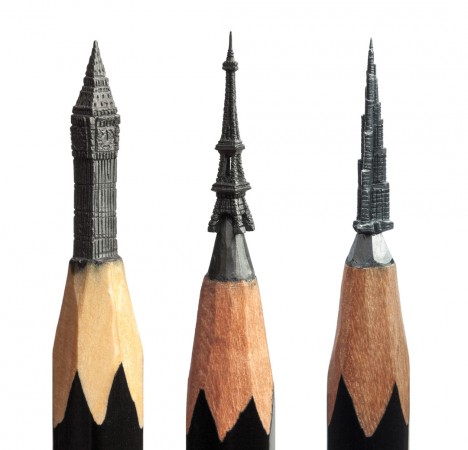
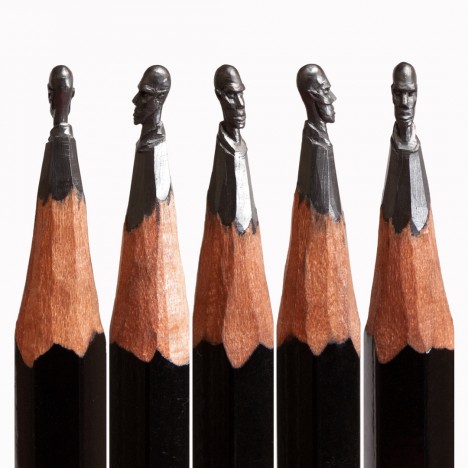


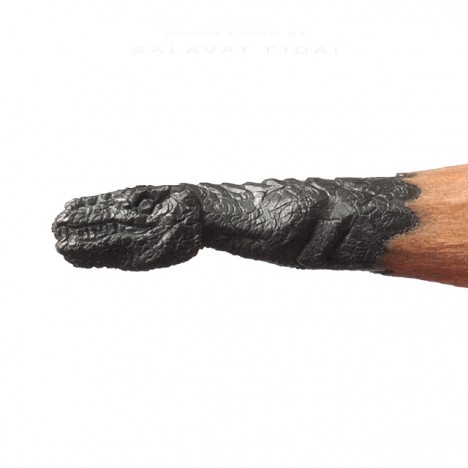


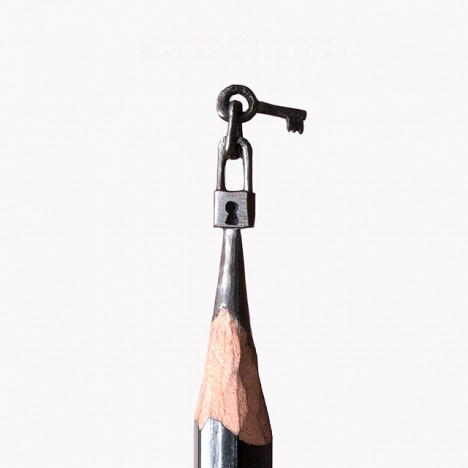








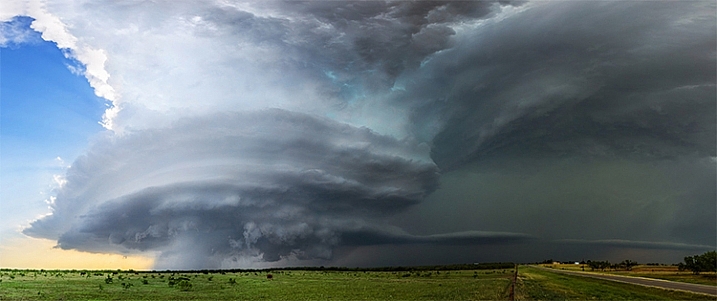
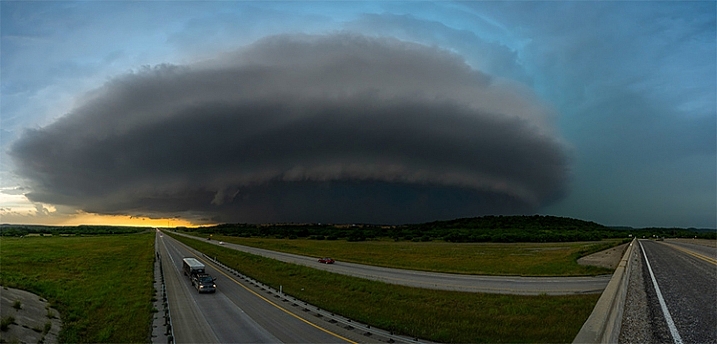
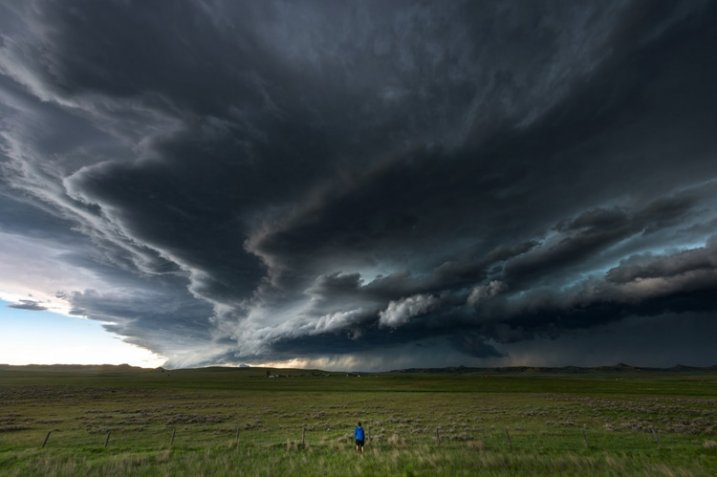
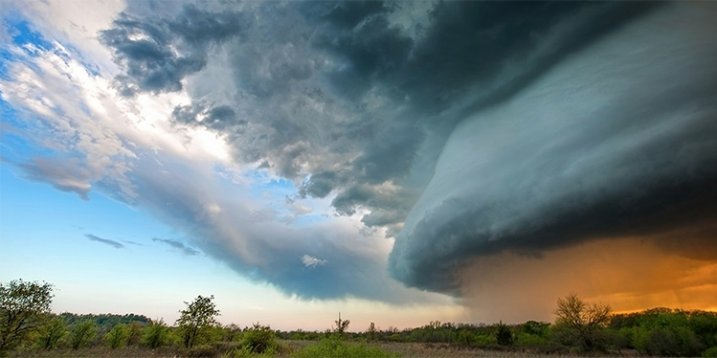
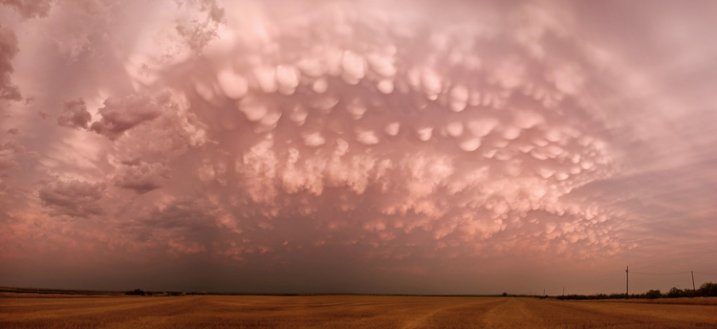
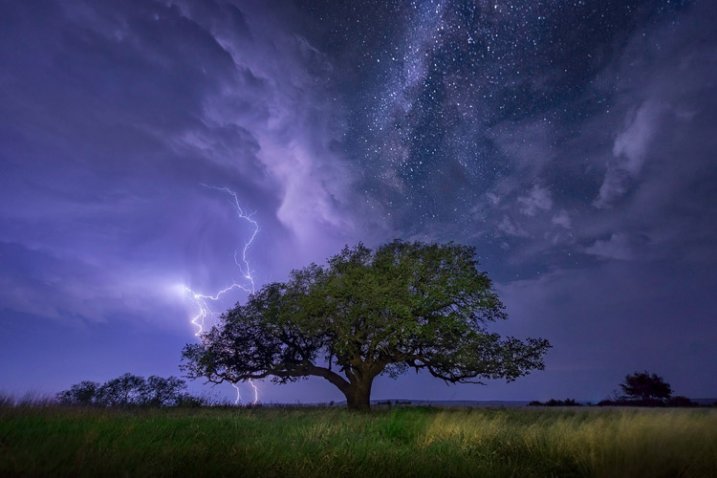
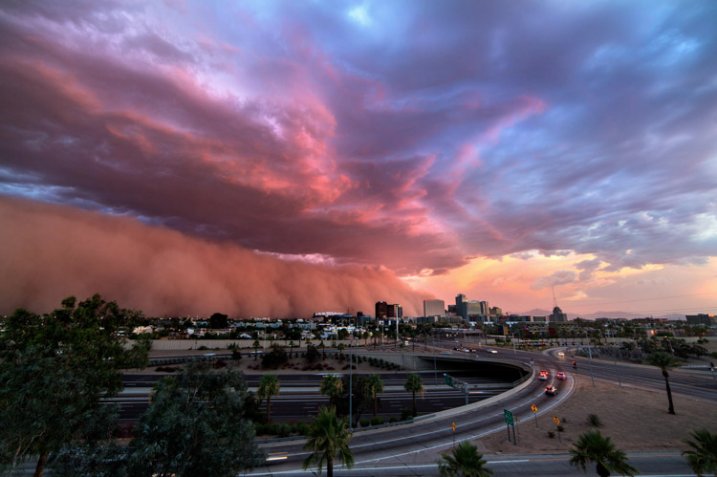

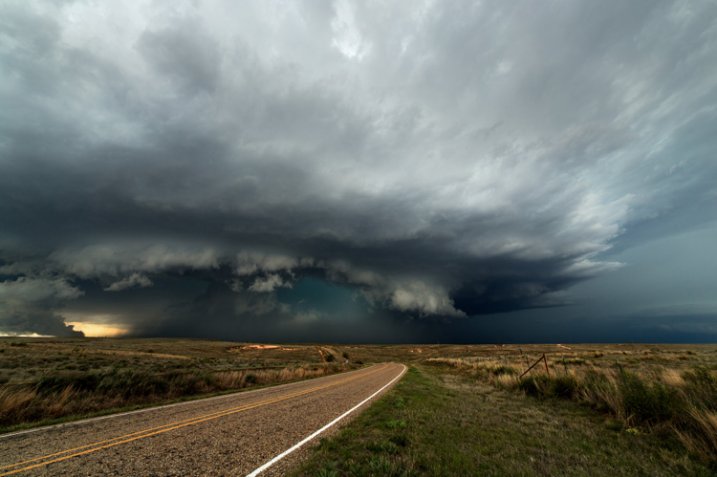
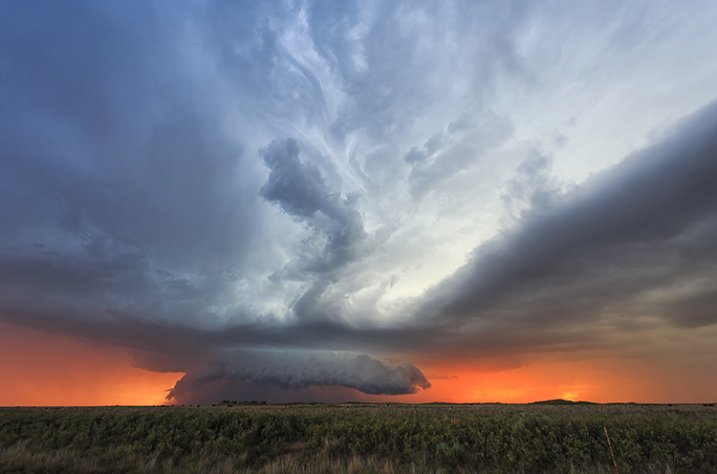
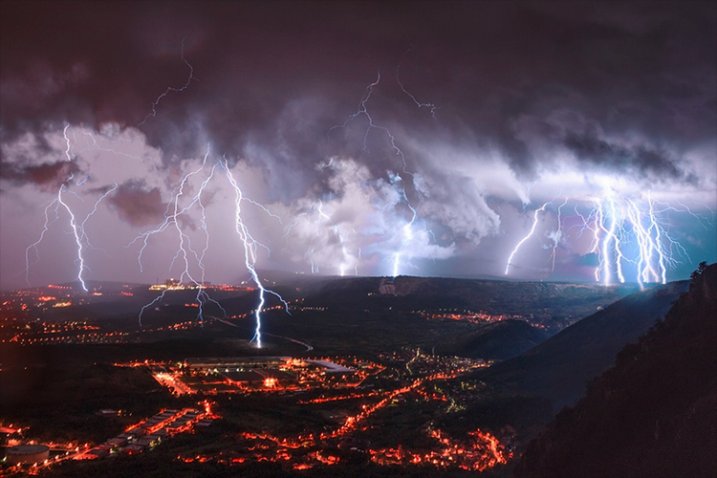
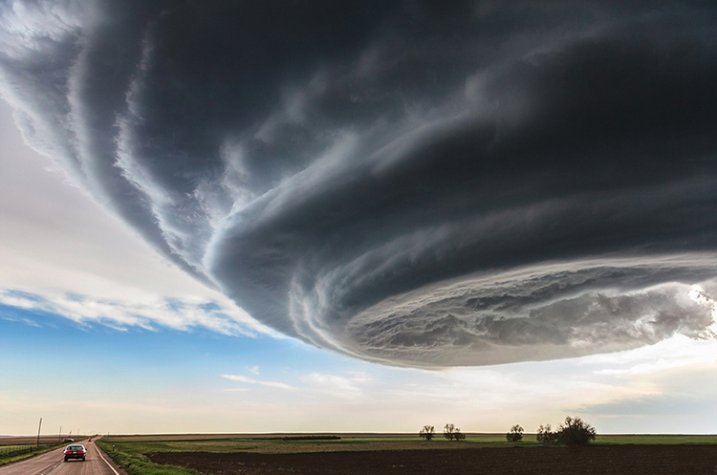
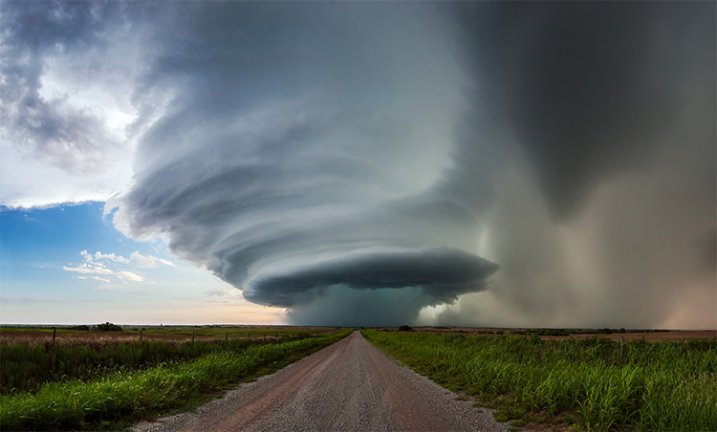

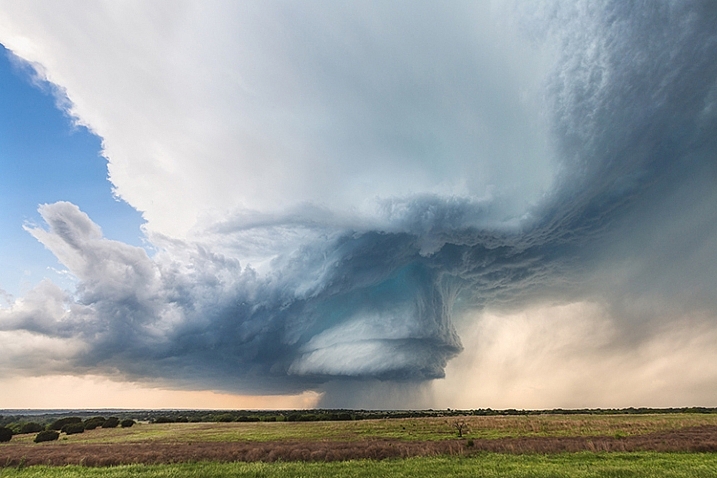
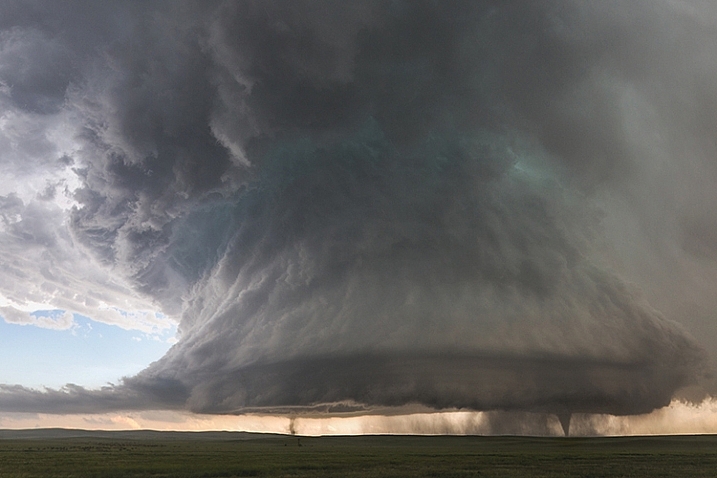
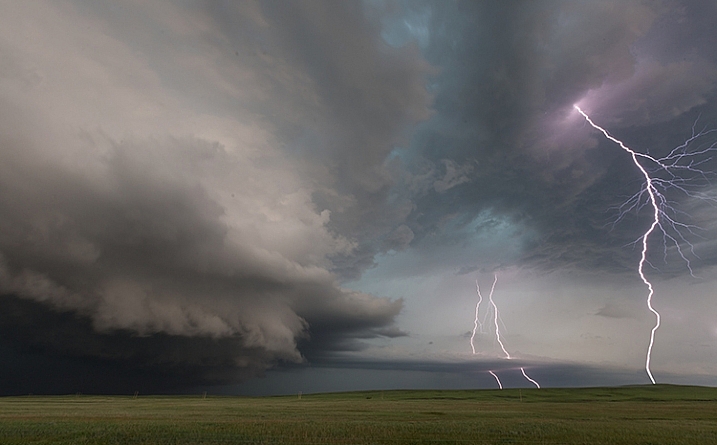
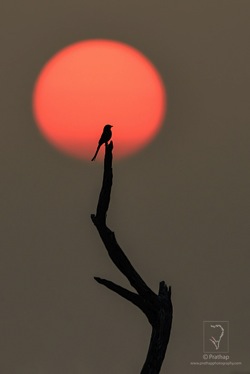
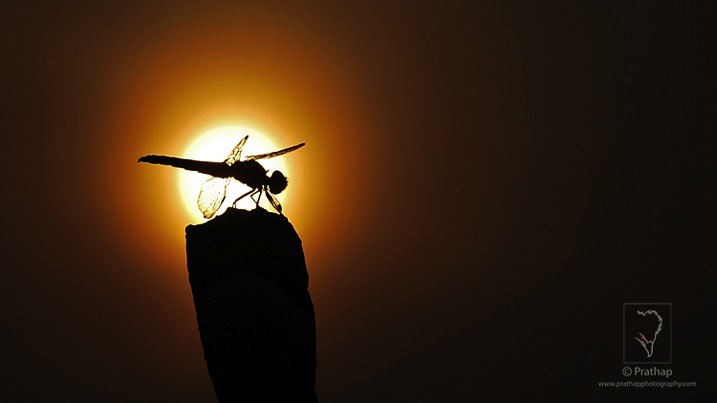

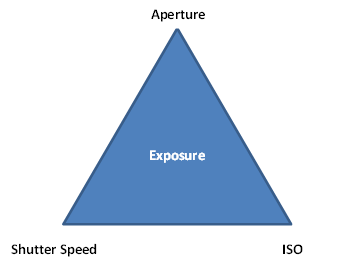
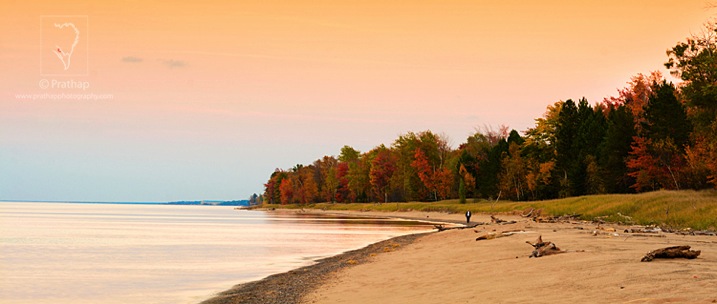
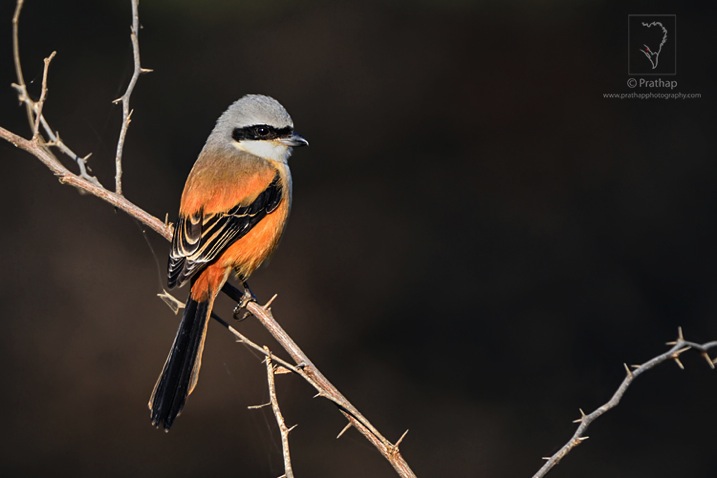
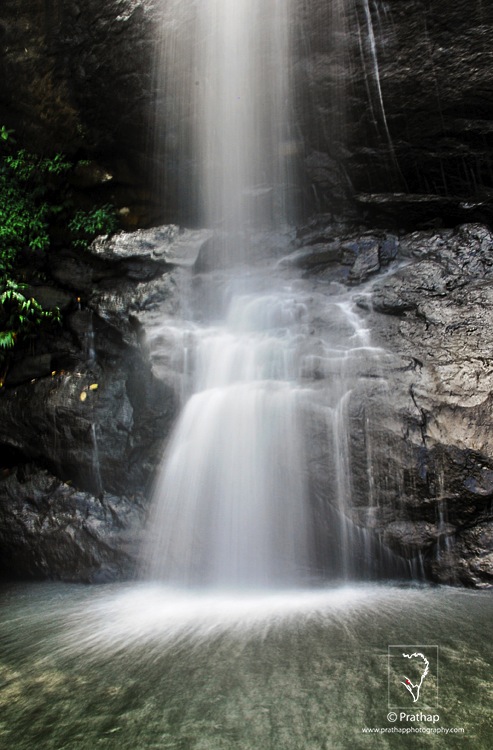
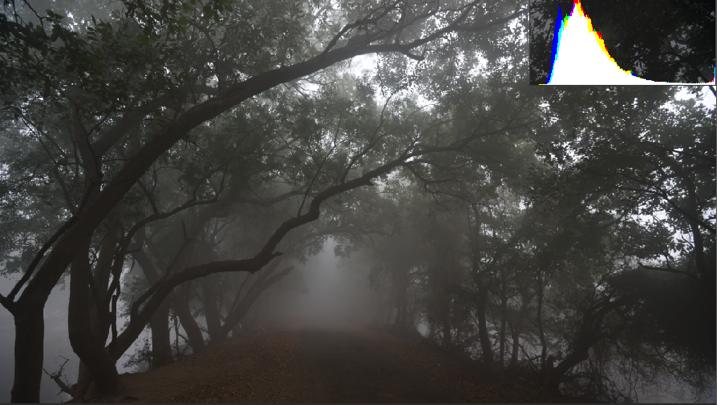
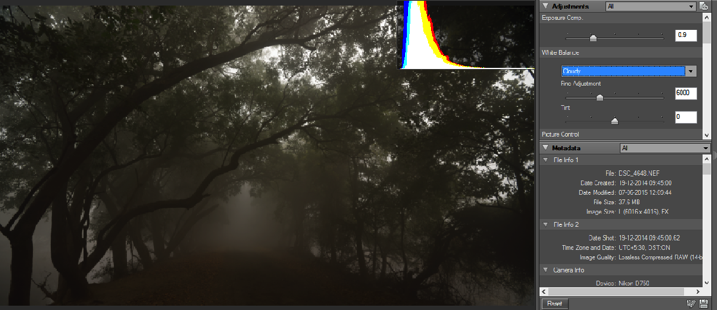
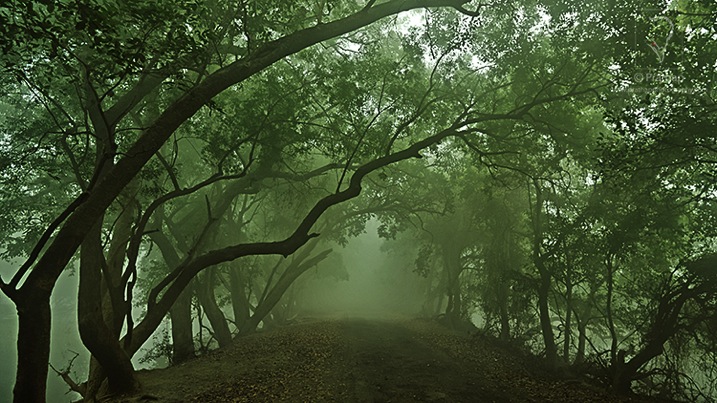
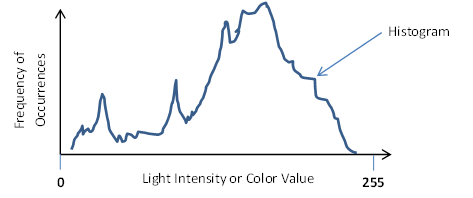

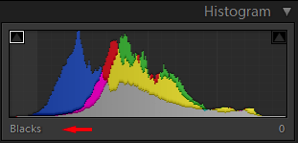
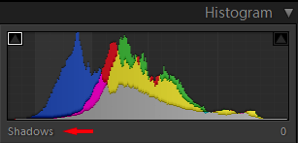
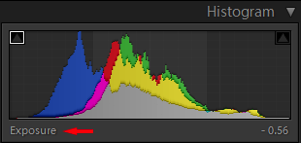
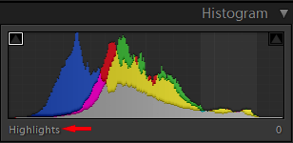
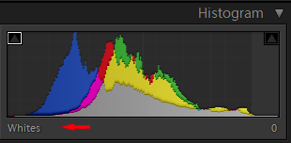

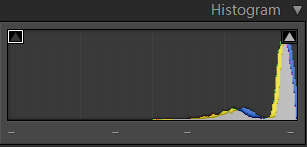
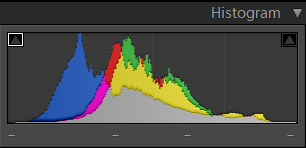
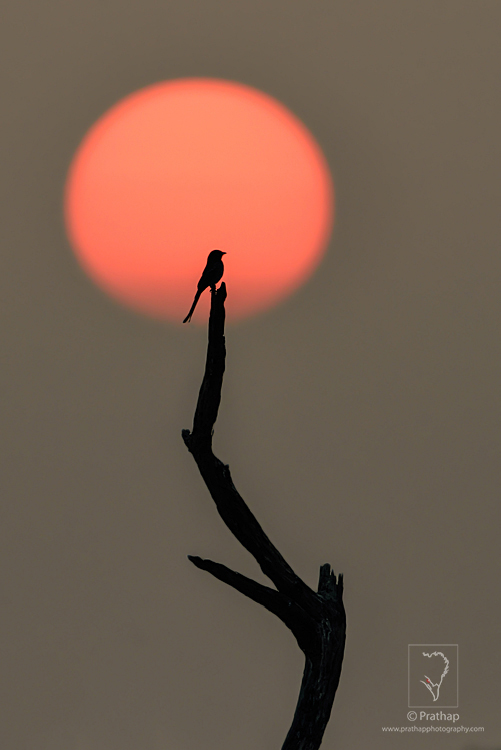
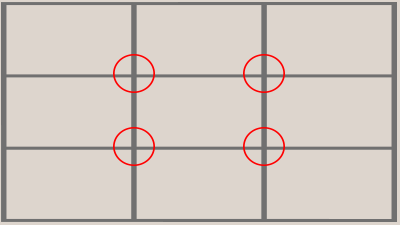
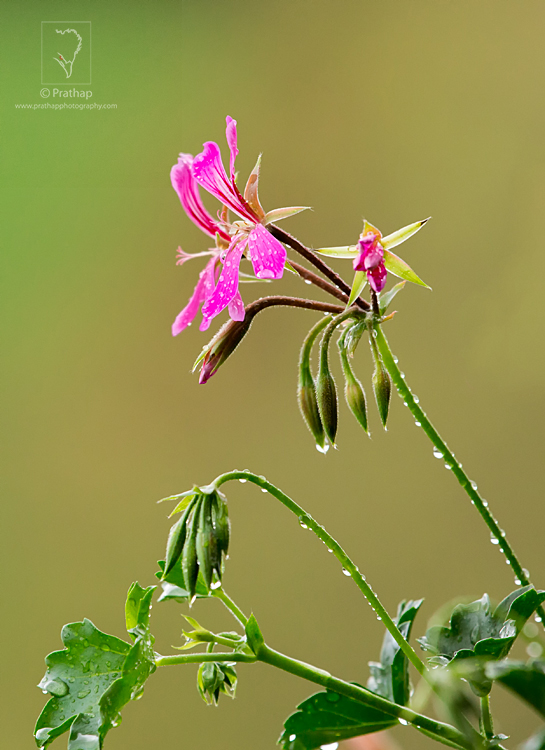
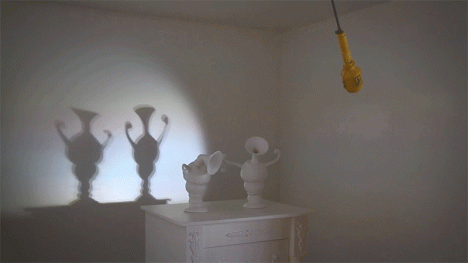
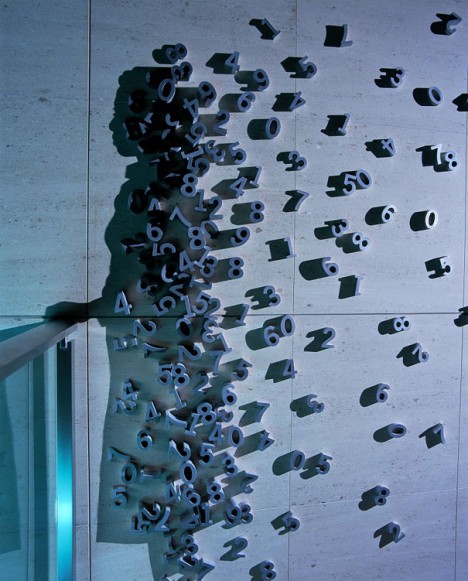

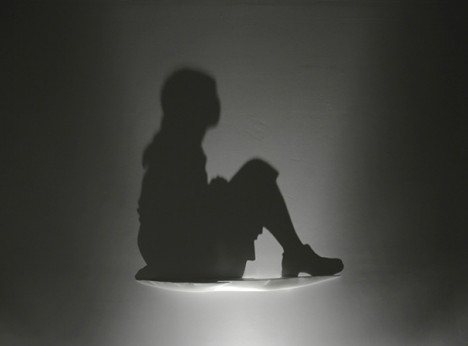
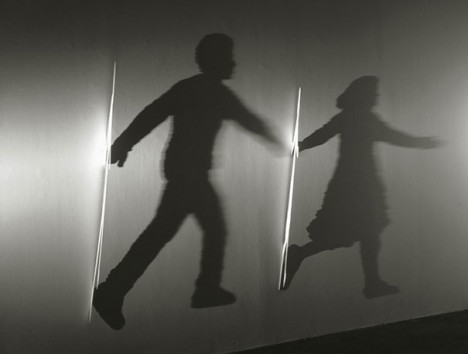

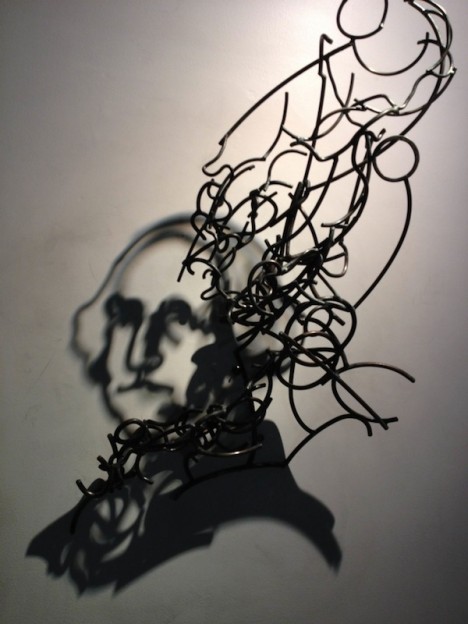

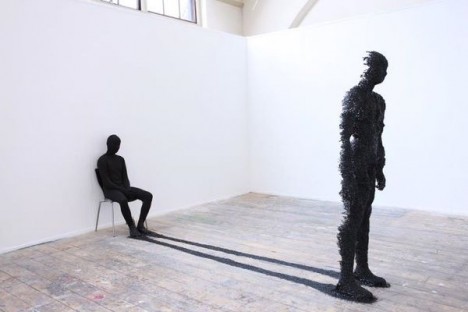
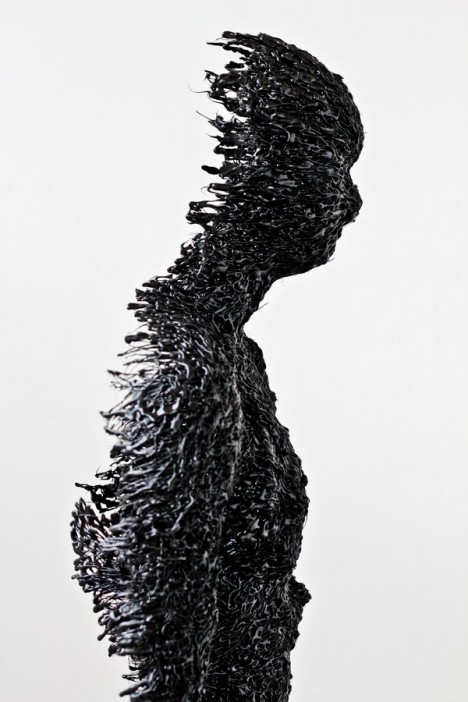
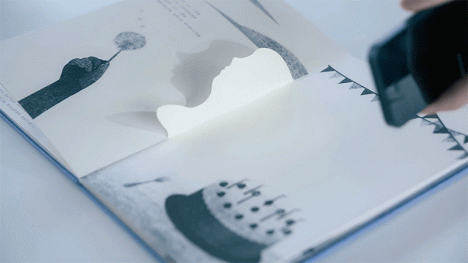
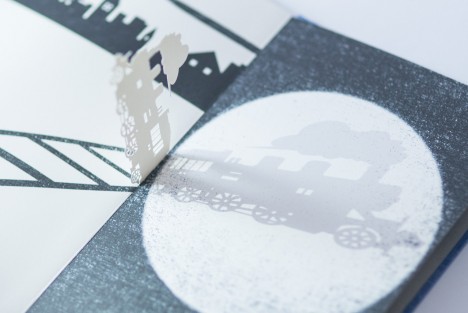
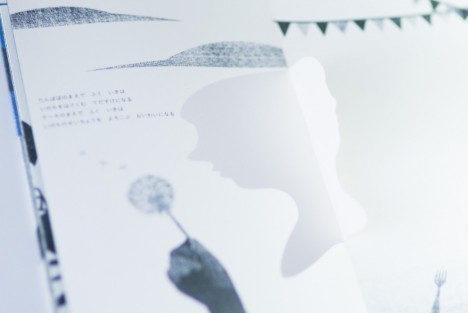
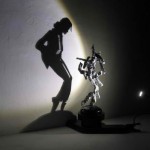
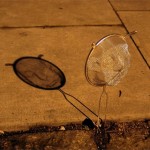
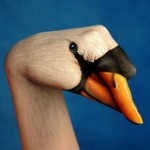












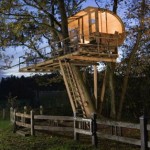
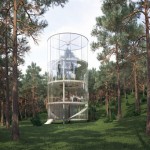
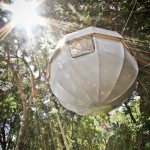















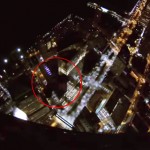
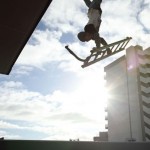
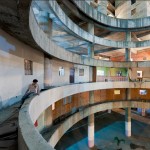





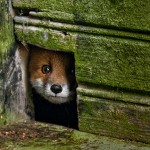

You must be logged in to post a comment.